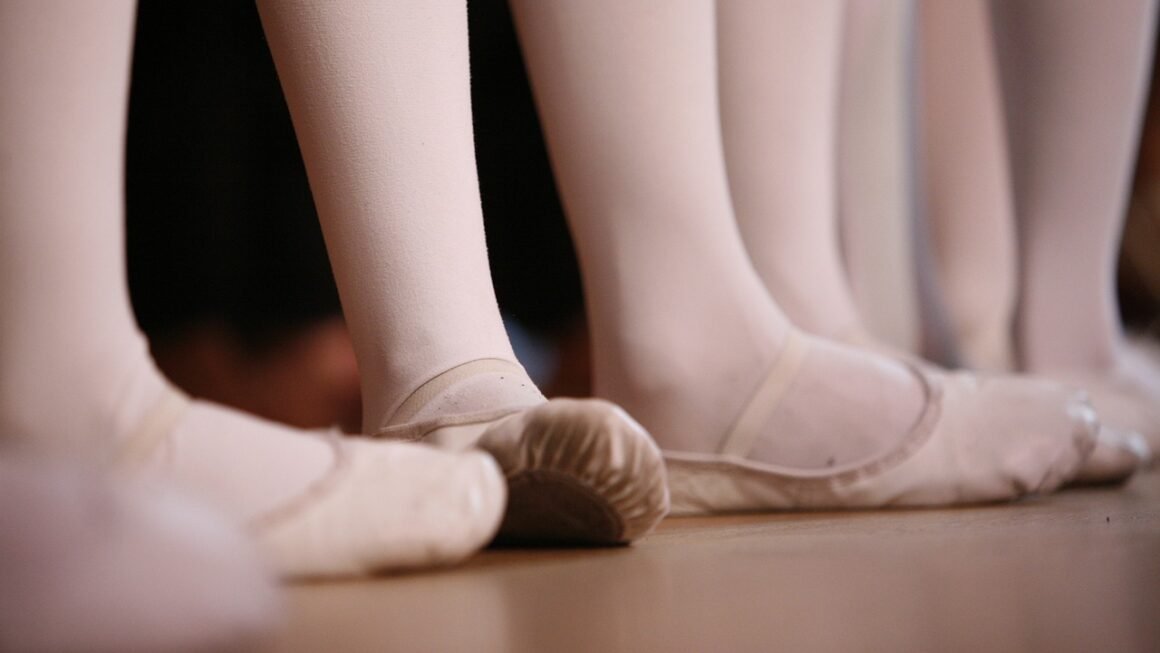Taekwondo, the Korean martial art renowned for its dynamic kicking techniques and emphasis on self-discipline, has evolved into a global phenomenon enjoyed by millions. More than just a sport, taekwondo is a comprehensive discipline encompassing physical fitness, mental fortitude, and personal development. Whether you’re a seasoned martial artist or a curious beginner, this guide will delve into the multifaceted world of taekwondo, exploring its history, techniques, benefits, and more.
The History and Philosophy of Taekwondo
Origins and Evolution
Taekwondo’s roots lie in ancient Korean martial arts, with influences from other disciplines like karate and Chinese martial arts. While precursors existed for centuries, the modern form of taekwondo emerged in the mid-20th century. Key figures consolidated various styles and principles, leading to the unified martial art we know today.
- The name “taekwondo” translates to “the way of the foot and fist.”
- General Choi Hong Hi is often credited as a pivotal figure in standardizing taekwondo.
- Significant milestones include the formation of the Korea Taekwondo Association (KTA) and its recognition as an Olympic sport.
The Five Tenets of Taekwondo
Taekwondo practitioners strive to embody five core tenets in their training and daily lives. These principles guide their actions and promote personal growth.
- Courtesy (Ye-Ui): Respect for others, instructors, and the martial art itself.
- Integrity (Yeom-Chi): Honesty and adherence to moral principles.
- Perseverance (In-Nae): Persistence and dedication in the face of challenges.
- Self-Control (Guk-Gi): Maintaining composure and discipline in all situations.
- Indomitable Spirit (Baekjul Boolgool): Unwavering courage and determination.
Taekwondo Techniques and Training
Fundamental Stances and Movements
A solid foundation in taekwondo begins with mastering fundamental stances and movements. These form the building blocks for more advanced techniques.
- Common stances include the ready stance (Charyot Seogi), walking stance (Ap Seogi), and front stance (Ap Kubi Seogi).
- Blocking techniques are crucial for defense, with examples like the low block (Arae Makki) and the middle block (Momtong Makki).
- Hand strikes include punches (Jireugi), knife-hand strikes (Sonnal Chigi), and spear-hand strikes (Kwansu).
Kicking Techniques: The Heart of Taekwondo
Taekwondo is celebrated for its powerful and diverse kicking techniques. Proper execution requires flexibility, balance, and precision.
- Basic kicks include the front kick (Ap Chagi), roundhouse kick (Dollyeo Chagi), and side kick (Yeop Chagi).
- Advanced kicks involve jumping, spinning, and combining techniques for increased power and complexity. Examples include the jumping front kick (Twieo Ap Chagi) and spinning hook kick (Bandal Chagi).
- Tip: Regular stretching and flexibility exercises are essential for improving kicking ability and preventing injuries.
Sparring (Kyorugi) and Forms (Poomsae)
Taekwondo training encompasses both sparring and forms, each offering unique benefits.
- Sparring (Kyorugi): Involves controlled combat against an opponent, focusing on timing, strategy, and application of techniques. Protective gear is used to minimize risk of injury.
- Forms (Poomsae): Prearranged sequences of movements that demonstrate fundamental techniques, balance, and coordination. Poomsae are often used for grading and competition.
- Example: Learning Poomsae Taegeuk Il Jang (the first form) helps beginners understand basic stances and movements, while sparring teaches them how to apply these techniques in a dynamic environment.
Benefits of Practicing Taekwondo
Physical Health and Fitness
Taekwondo provides a comprehensive workout, improving cardiovascular health, strength, flexibility, and endurance.
- Increased cardiovascular endurance through high-intensity training.
- Improved muscle strength and power through kicking and punching drills.
- Enhanced flexibility and range of motion through stretching and kicking practice.
- Weight management and improved body composition.
Mental and Emotional Well-being
Beyond physical benefits, taekwondo cultivates mental discipline, focus, and self-confidence.
- Improved concentration and focus through repetitive training and mental discipline.
- Increased self-esteem and confidence through achieving goals and mastering new skills.
- Stress reduction through physical activity and mindful training.
- Development of self-discipline and perseverance.
Self-Defense Skills
Taekwondo provides practical self-defense skills that can be invaluable in real-world situations.
- Effective striking techniques for defending oneself.
- Improved awareness and situational awareness.
- Increased confidence in one’s ability to protect themselves.
- Understanding of legal and ethical considerations regarding self-defense.
Taekwondo Ranks and Belt System
Understanding the Belt System
Taekwondo utilizes a belt system to signify a practitioner’s skill level and progress. The specific colors and order may vary slightly between schools, but the general concept remains consistent.
- Typically starts with white belt (beginner) and progresses through yellow, green, blue, red, and finally black belt (expert).
- Each belt often has multiple “gup” or “grade” levels before advancing to the next belt color.
- Black belt ranks range from 1st Dan to 9th Dan, indicating increasing levels of mastery and leadership.
Requirements for Advancement
Advancement to the next rank requires demonstrating proficiency in techniques, forms, sparring, and knowledge of taekwondo principles.
- Students typically undergo testing or grading sessions to assess their skills.
- Requirements may include performing specific forms, demonstrating kicking and punching techniques, sparring with an opponent, and answering questions about taekwondo history and philosophy.
- Instructors evaluate a student’s overall performance, attitude, and commitment to the art.
Getting Started with Taekwondo
Finding a Qualified Instructor and School
Choosing the right taekwondo school and instructor is crucial for a positive and effective learning experience.
- Look for certified instructors with proven experience and a positive teaching style.
- Consider the school’s affiliations and reputation within the taekwondo community.
- Visit the school, observe a class, and talk to current students to get a feel for the atmosphere and training methods.
Essential Equipment and Gear
While some schools may provide introductory equipment, it’s generally recommended to purchase your own gear for hygiene and comfort.
- A taekwondo uniform (dobok) is required for training.
- Protective gear such as a mouthguard, groin protector (for males), shin guards, and hand protectors are essential for sparring.
- Foot protectors are also commonly used in sparring to reduce the risk of injury.
Setting Realistic Goals and Expectations
Starting taekwondo is a journey, and it’s important to set realistic goals and expectations.
- Focus on mastering the fundamentals and building a solid foundation.
- Be patient and persistent, as progress takes time and effort.
- Celebrate small victories and acknowledge your achievements along the way.
- Most importantly, enjoy the process and embrace the challenges and rewards of taekwondo training.
Conclusion
Taekwondo offers a path to physical fitness, mental discipline, and personal growth. Its rich history, diverse techniques, and emphasis on core tenets make it a valuable practice for individuals of all ages and backgrounds. Whether you’re seeking a challenging workout, self-defense skills, or a path to self-improvement, taekwondo provides a rewarding and transformative experience. So, take the first step, find a qualified instructor, and embark on your journey to mastering the art of taekwondo!



